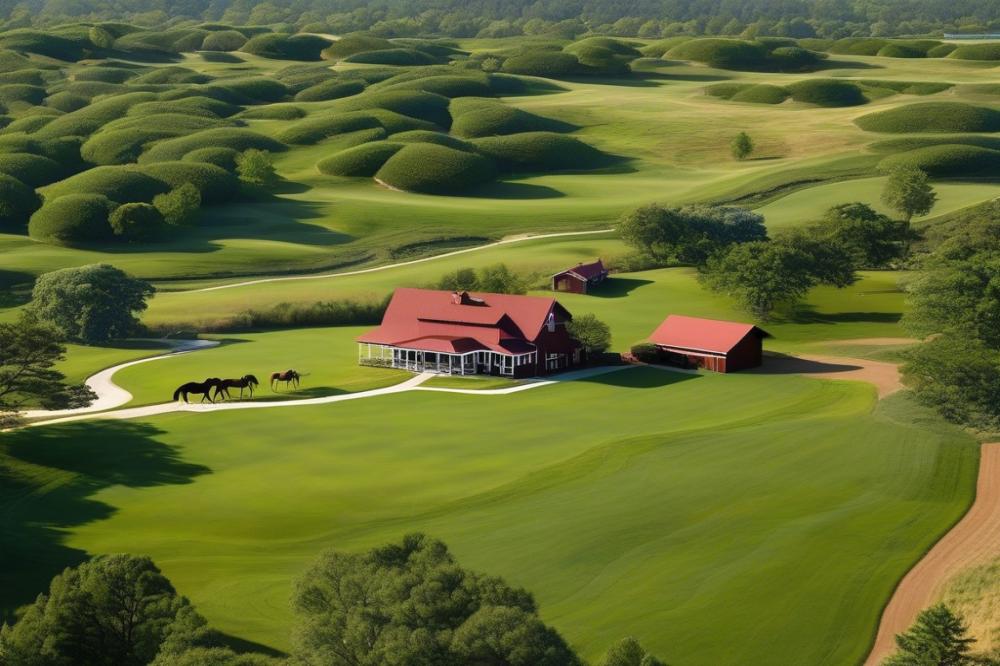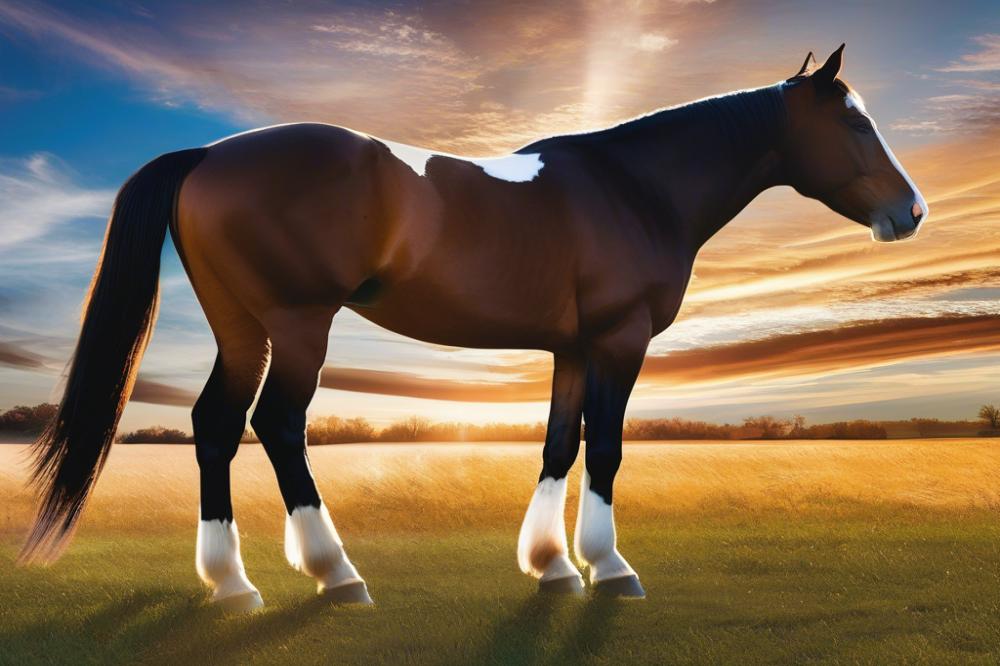Introduction
The United States is home to over 10 million equines, each playing a vital role in the fabric of American society. Equine animals have not only shaped agriculture and transportation but also left an indelible mark on culture and tradition. From the wild mustangs roaming the West to the sleek Thoroughbreds racing down tracks, these animals capture the imagination and heart of many.
The equine industry is significant. It generates billions of dollars and provides countless jobs. Farming, recreation, and companionship all rely on these animals. Various sectors, including racing and training, contribute deeply to the economy. Whether for sport or work, their impact is felt in many areas of life.
Historically, these animals have been intertwined with America’s growth. Native Americans relied on them for hunting and travel long before European settlers arrived. Since then, they have been symbols of freedom, strength, and resilience. Events like the Pony Express and the Gold Rush showcase their importance in pivotal moments of American history. Each breed has its own tale to tell, reflecting the diverse heritage of this nation.
There is no question that America and equestrian companions share a unique bond. This connection continues to influence art, literature, and even music. From cowboy culture to modern rodeos, the spirit of these creatures lives on in many forms.
The Diverse Horse Breeds in the United States

The United States is home to a wide array of horse Breeds. Each breed has its own story and historical significance. Understanding these breeds provides insight into American culture and its agricultural roots.
Introduction to Notable Horse Breeds
American Quarter Horse and Its Significance
The American Quarter Horse stands out for its speed and agility. Known for its ability to sprint short distances, this breed has played a critical role in early American ranching. Quarter Horses are often seen in rodeos and cattle herding. Their compact build and muscular frame make them ideal for tasks that require both strength and quick movements.
Thoroughbred: The Athlete of the Horse World
Thoroughbreds are synonymous with horse racing. They are bred for speed and stamina, competing in races that capture the nation’s attention. This breed originated from a mix of Arabian and native Horses. Their lineage can be traced back to elite breeding practices in the 17th century. Racing events like the Kentucky Derby highlight the breed’s spirit and athleticism.
Other Popular Breeds and Their Roles in Ranching
Many breeds serve critical functions on ranches. The Appaloosa, known for its distinctive spotted coat, has roots among Native American tribes. They are valued for their versatility as a working animal. The Paint Horse combines beautiful markings with strong athletic abilities, making them ideal for both ranch work and competitions. Clydesdales, famous for their massive stature, are often used for heavy pulling tasks. Their strength and gentle temperament make them a favorite among farmhands.
The diverse array of these breeds showcases the deep bond between humans and their equine partners. Each breed fosters unique skills that highlight their importance in agriculture and leisure activities. From speedy racers to dependable ranch hands, every breed plays a valuable role in the tapestry of American life.
The Historical Significance of Horses

The role of these animals has been pivotal in American history, shaping the nation’s development in various ways. At first, they were essential for exploration and migration. They helped settlers move across the vast landscapes and settle new territories. Without them, westward expansion would have been a different story.
In agriculture, their contribution cannot be overstated. Farmers relied heavily on them for plowing fields and transporting goods. Their strength allowed for larger farms and increased productivity. This reliance transformed agriculture into the backbone of the early economy. Lives would have looked quite different without this partnership.
Wild Mustangs and Their Cultural Impact
Wild mustangs hold a special place in American culture. These animals symbolize freedom and the spirit of the West. They roam the plains and mountains, representing untamed nature. The struggle to protect them reflects deeper issues related to conservation and respect for wildlife. Many view mustangs as living icons of American history.
Fascination with mustangs extends beyond their beauty. They embody resilience, surviving in harsh environments long after their domesticated relatives have moved on. Their stories resonate deeply with many who appreciate the wild heart of the American landscape.
The Evolution of horse culture in the U.S.
The culture surrounding these animals has evolved significantly over time. From being vital in farming to serving in wars, their presence has changed. After the industrial revolution, the role shifted as machines took over tasks previously managed by them. Yet, they still play an important role in recreational activities today.
Culture has adapted alongside technological advancements. Today, equestrian sports are popular, showcasing unique skills in dressage and jumping. Community events often celebrate different breeds and their unique traits. This blend of history and modern engagement keeps the spirit of the relationship alive, highlighting both tradition and innovation.
Horseback Riding and Equestrian Sports
Overview of horseback riding traditions
Horseback riding has a rich history in the United States. Many cultures have contributed to its evolution. For example, Native American tribes used riding for transportation and hunting. Spanish influences also played a significant role in developing riding styles. Today, many people enjoy riding as a hobby. Riding schools and camps spread across the country. They teach both children and adults the art of controlling a horse. Throughout time, horseback riding has remained a symbol of freedom and adventure for many.
Popular equestrian sports in the United States
Various equestrian sports captivate enthusiasts nationwide. Jumping and dressage are among the most well-known disciplines. Western riding is another favorite, showcasing different techniques and styles. Rodeos present thrilling competitions, testing riders’ skills and teamwork with their animals. Events like barrel racing highlight speed and agility. Additionally, harness racing attracts attention for its unique format. Each sport brings its own excitement and challenges. Participants often form communities based around these shared passions, creating bonds that last a lifetime.
The influence of horses on recreation and competition
Horses have significantly impacted American recreation. Many riders find joy in the connection they share with their animals. This bond often leads to a lifelong dedication to equestrian pursuits. Competing in events allows riders to showcase their skills. It also fosters an environment of camaraderie among participants. Recreational riding offers various experiences, from trail rides to competitions. Participants develop confidence and discipline through these activities. Ultimately, the love of riding enhances people’s lives across all ages and backgrounds.
Equestrian events showcasing American horse breeds
Several major equestrian events celebrate American horse breeds. The American Quarter Horse Association hosts competitions that highlight this breed’s unique traits. Various shows focus on mustangs, showcasing their grace and agility. The Arabian Horse Association also holds events that highlight these elegant animals. Such gatherings allow riders to present their skills while promoting breed heritage. Many events take place with spirited crowds cheering for their favorites. These showcases deepen the cultural appreciation of equestrian traditions in the United States.
Veterinary Care and Horse Welfare
Veterinary care holds immense importance within the horse population. Regular check-ups help identify health problems early. Having a professional examine animals can prevent many issues from worsening. Owners need to be aware of potential health concerns their animals may face.
Common ailments include colic, which refers to severe abdominal pain. Respiratory issues, like strangles, can also be frequent. Injuries, including lacerations and fractures, arise during exercise or travel. Hoof problems, such as laminitis, pose another significant challenge for caretakers.
Numerous programs and organizations are dedicated to horse welfare and rescue. These initiatives offer a safety net for neglected or abused animals. They work tirelessly to find loving homes for displaced creatures. Education plays a vital role in promoting responsible ownership.
Modern veterinary practices are essential for enhancing equine health. Techniques now include advanced imaging and preventive medicine. Innovative treatments improve recovery times for many injuries. This integration helps horse owners provide the best care possible.
Reflecting on Horse Significance in the U.S.
Throughout American history, these magnificent animals have shaped the landscape and the spirit of the nation. They contributed significantly to the expansion westward, serving as trusted companions and workhorses for farmers, cowboys, and families alike. Today, their impact continues to resonate in various aspects of life, from recreation to agriculture.
Legacy of Horses in American Life
horse culture represents more than just a pastime; it symbolizes tradition and connection to the land. For many, riding embodies freedom and adventure. On ranches throughout the country, these creatures play vital roles in livestock management and daily chores. Competitions and events celebrate their agility and strength, revealing a deep-rooted appreciation for these remarkable beings.
Future Perspectives on Horse Culture and Management
As we look ahead, it is essential to consider how equine history influences current practices. Modern trends increasingly stress the importance of welfare and ethical treatment. Communities are beginning to embrace sustainable practices in breeding and training. In addition, educational programs aimed at younger generations help cultivate a respect for horses and understanding of their needs.
Ultimately, the bond between humans and horses will continue to evolve. The future may hold new ways to engage with these animals while honoring their rich heritage. This dialogue about horse culture serves as a reminder of their significance in American life and the joy they bring to countless individuals.



